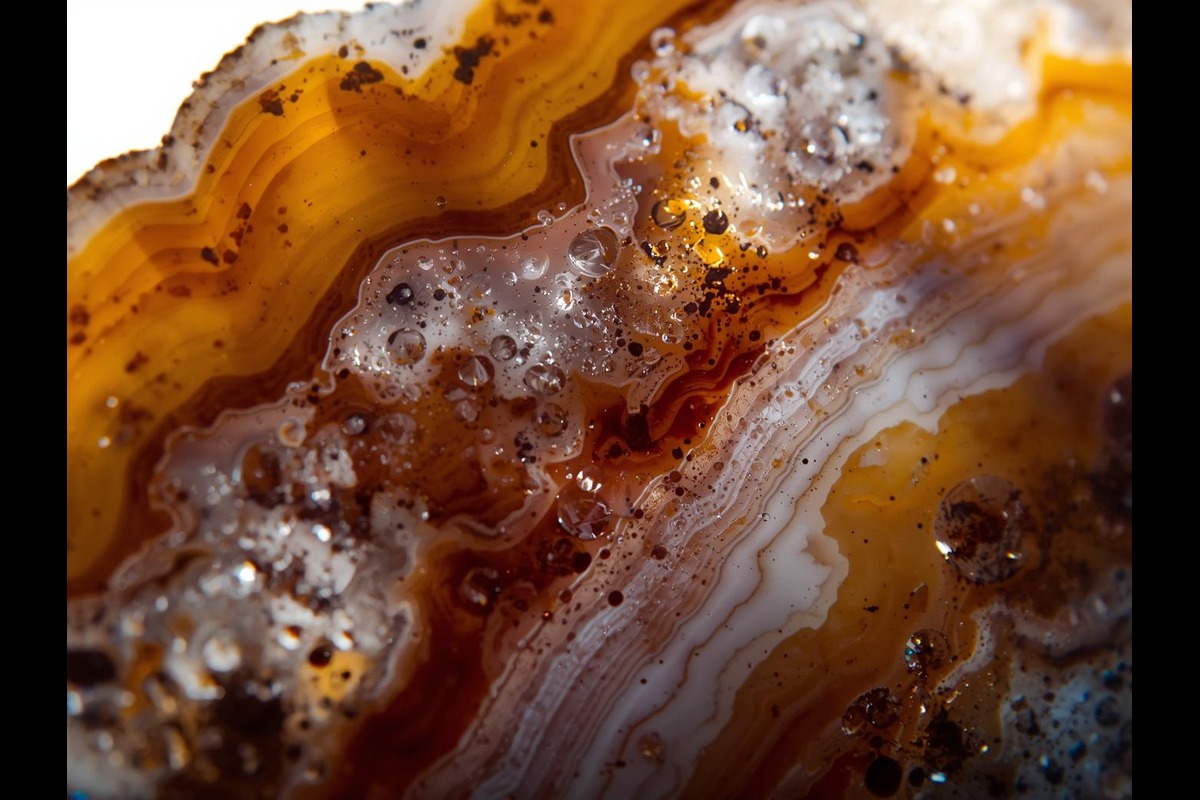
AI vs Human Creativity: The Future of Design Explained
- admin
- Technology
- Jul 10, 2025
- 270K
AI has entered the design world through tools that analyze patterns and automate processes. These tools are now capable of generating logos, layouts, and complete visual identities quickly.
Software like Midjourney, DALL·E, and Canva’s Magic Design are revolutionizing design workflows. Designers use these tools for inspiration and sometimes to automate repetitive parts of creative work.
AI can create thousands of variations based on simple prompts, offering speed and scalability. This helps marketers and designers test different visuals without investing much manual effort.
As AI gets better at mimicking styles, it becomes harder to tell the difference between AI-generated and human-made designs. This raises questions about originality and artistic value.
Human Creativity: The Irreplaceable Spark
Human creativity draws from emotion, culture, intuition, and lived experiences. These layers of meaning give depth to design work that algorithms simply cannot replicate.
A designer’s background and values influence their artistic decisions, making each creation unique. AI lacks these deeply personal and emotional connections to the work it produces.
Humans break rules intentionally and often innovate by thinking irrationally or unconventionally. AI tends to stay within the bounds of learned patterns and structured logic.
While AI can simulate beauty, it doesn’t truly understand beauty. Human creativity involves risk, empathy, and emotional intelligence—qualities that bring soul to a design.
Collaboration Over Competition
Rather than viewing AI as a rival, many creatives see it as a collaborator. Designers use AI to generate ideas, explore alternatives, or enhance their existing work.
AI can automate repetitive tasks like resizing images, generating color palettes, or formatting. This frees human designers to focus on strategic, conceptual, and storytelling aspects.
When humans work with AI, the process becomes faster and sometimes more exploratory. Designers can iterate faster, blending AI’s capabilities with their own vision and insight.
This partnership between human and machine can lead to better outcomes, combining AI’s efficiency with human creativity’s depth and meaning.
Speed vs Substance in Design
AI excels at speed, producing countless variations within seconds. However, this can lead to quantity over quality if there’s no human filter guiding the process.
Humans take time to think, conceptualize, and refine. This slower process often results in richer, more meaningful designs tailored to emotional resonance and context.
In advertising or branding, substance matters as much as style. A fast logo from AI might look good but lack the depth that connects with a brand’s story.
Speed is beneficial for brainstorming or testing ideas. But for final delivery, thoughtful human input is crucial to ensure the design aligns with the desired message.
Originality and the Problem of Repetition
AI designs are based on data it’s trained on, often scraping millions of existing images. This leads to stylistic repetition and limited originality in its outputs.
True originality comes from lived experiences, intuition, and unpredictable thought processes. These are traits unique to human creativity and hard to replicate in algorithms.
When AI is used too heavily, we may see more homogenous designs, lacking the flair or surprise that characterizes human-made work. This can stifle artistic diversity.
Human designers invent styles or movements; AI imitates them. Without innovation from humans, AI has no new inspiration to learn from or model its outputs after.
Emotional Intelligence in Design
Humans design for people—understanding moods, pain points, and desires. This emotional intelligence helps create user experiences that feel human-centered and empathetic.
AI can optimize layouts or suggest visuals based on data, but it doesn’t feel joy, sadness, or nostalgia. These emotions are often central to compelling visual storytelling.
Emotional design involves subtle decisions: color choice to suggest mood, typography to express tone, or layout that respects reading flow. These are nuanced, subjective choices.
Only humans can intuitively make these calls, especially when the goal is to evoke a specific feeling or emotional journey through a design or interface.
Contextual Thinking and Cultural Nuance
Culture shapes how visuals are perceived. A symbol that’s friendly in one culture may be offensive in another. Humans understand these nuances better than AI.
Designers consider cultural history, language, and trends. They intentionally create work that speaks to specific audiences in ways that AI might misinterpret or overlook.
AI lacks the lived experience to understand sociopolitical or cultural significance. This can lead to tone-deaf or inappropriate designs, especially in global campaigns.
Human context adds meaning and relevance. Without it, design becomes generic. This is where AI struggles most—recognizing deeper layers behind surface-level beauty.
Flexibility and Experimentation
Human creativity is fluid, constantly changing, and not bound by rules. Designers experiment with techniques, trends, and materials in ways AI doesn’t anticipate.
AI models follow training data and pattern recognition. While they can generate variations, these are constrained by what’s already known or popular.
Creativity often involves taking risks, embracing mistakes, or following a gut feeling. This is something humans do instinctively but AI can’t replicate meaningfully.
Human-led experimentation has led to entire artistic movements. AI can’t innovate from scratch without first observing humans who break rules to create new forms.
Ethics and Authenticity
With AI, authorship becomes blurry. Who owns an AI-generated design? This raises ethical concerns about originality, ownership, and artistic credit.
Human-made designs come with stories and personal ownership. Authenticity matters, especially for brands or artists trying to express real values or lived experiences.
When consumers discover a design was AI-generated, they may feel disconnected. Authenticity builds trust—and that trust often comes from knowing a human created the work.
Ethical design also considers bias, representation, and inclusivity. Humans are more capable of addressing these issues intentionally. AI can unintentionally perpetuate stereotypes or exclusion.
The Future of Creative Jobs
Many fear AI will replace designers. But instead, it’s more likely to change what designers do—shifting them toward strategy, storytelling, and user insight.
Rather than removing creativity, AI will handle tasks that don’t require deep thought. This can elevate the human role to focus on more impactful creative challenges.
Designers who learn to use AI effectively can boost productivity and ideation. Mastering these tools will become a competitive advantage, not a threat.
In the long term, creativity will remain a human skill, augmented—not replaced—by machines. The job will evolve, but not disappear.
Educational Implications
Design education is already evolving. Students now learn to use AI tools alongside traditional design principles. This hybrid approach prepares them for future careers.
Critical thinking, visual literacy, and storytelling are still core skills. But now, they’re taught alongside prompt writing and tool integration for AI-assisted creativity.
Understanding how to guide AI tools ethically and creatively will be key. The focus shifts from creation alone to curating, directing, and editing AI outputs.
Educators are emphasizing human uniqueness in creativity. The goal isn’t to compete with AI, but to develop skills that complement it and lead its application.
The Final Verdict: Who Wins?
There’s no clear winner between AI and human creativity. Each excels in different areas, and together, they can elevate the design process to new heights.
AI wins in efficiency, consistency, and scale. Human creativity wins in emotional depth, originality, and contextual intelligence. The future lies in combining both.
Rather than fear AI, creatives should explore its potential. The designers who embrace this change will lead the next wave of innovation in the design world.
In this ongoing evolution, the most powerful designs will come not from AI alone or humans alone—but from their collaboration.










